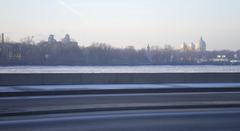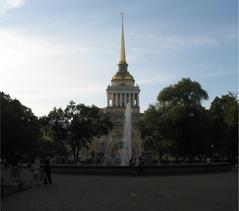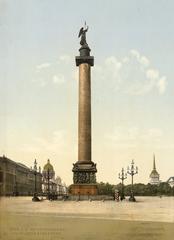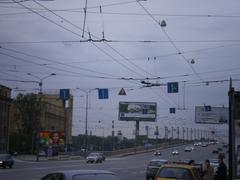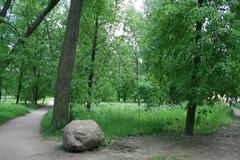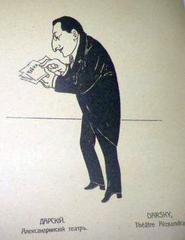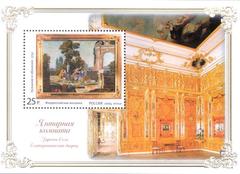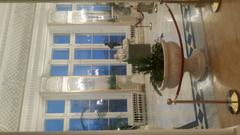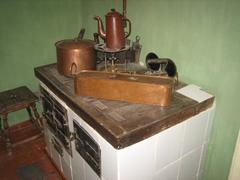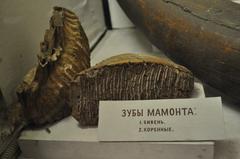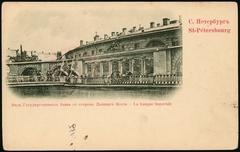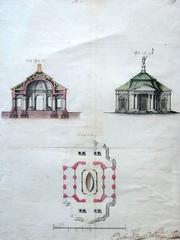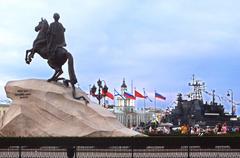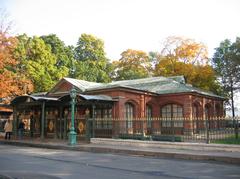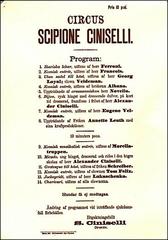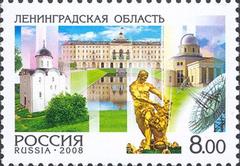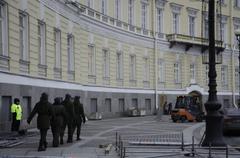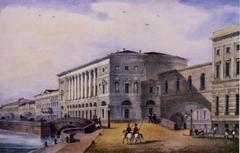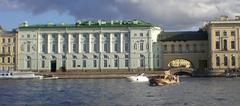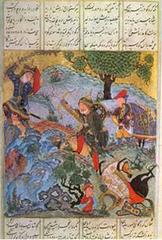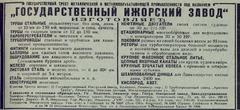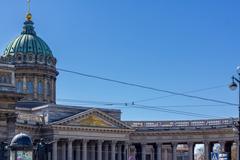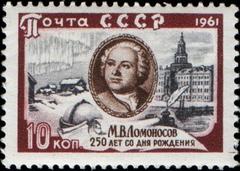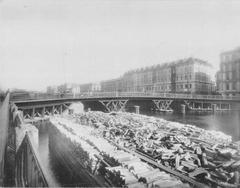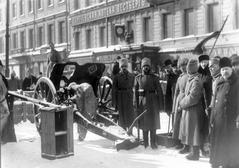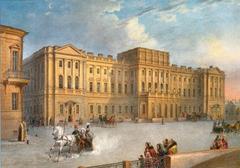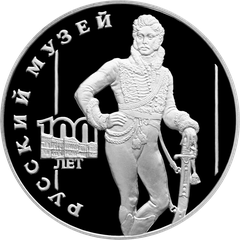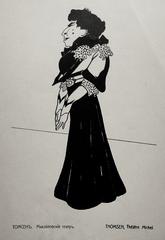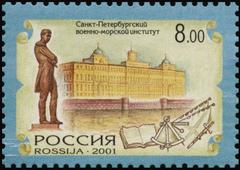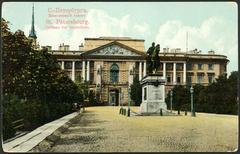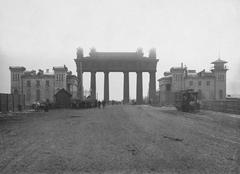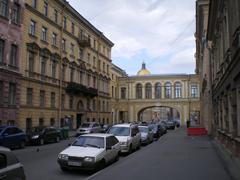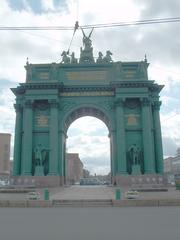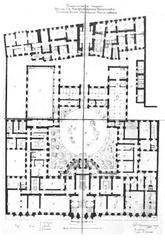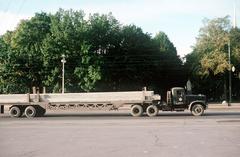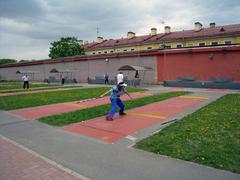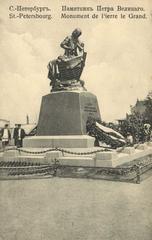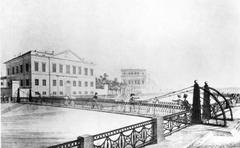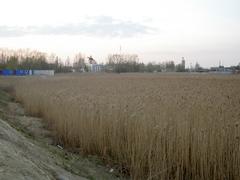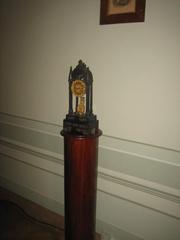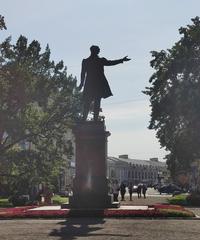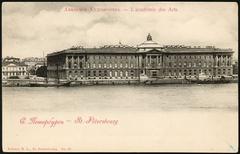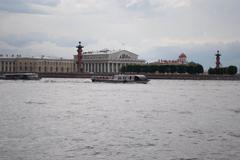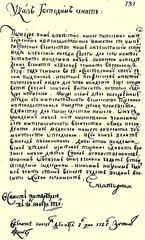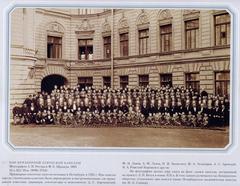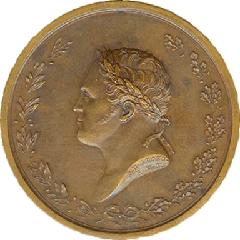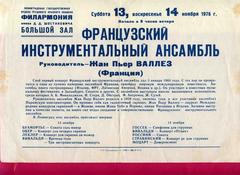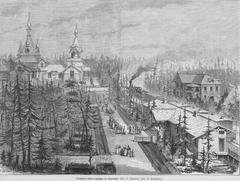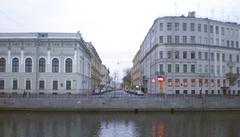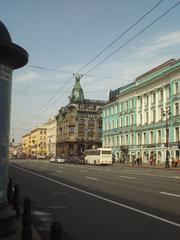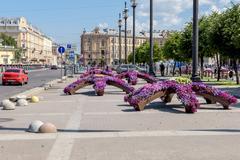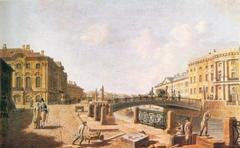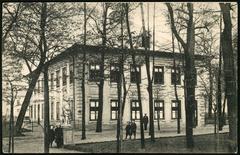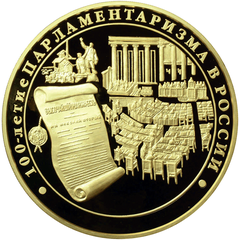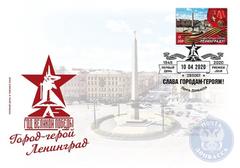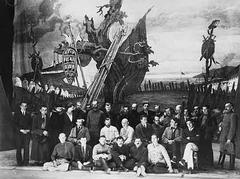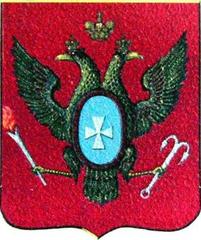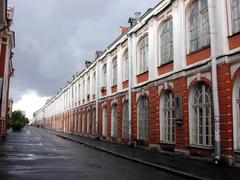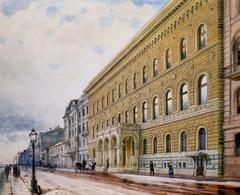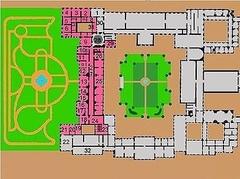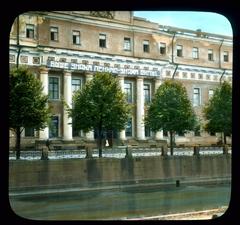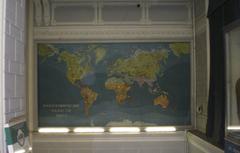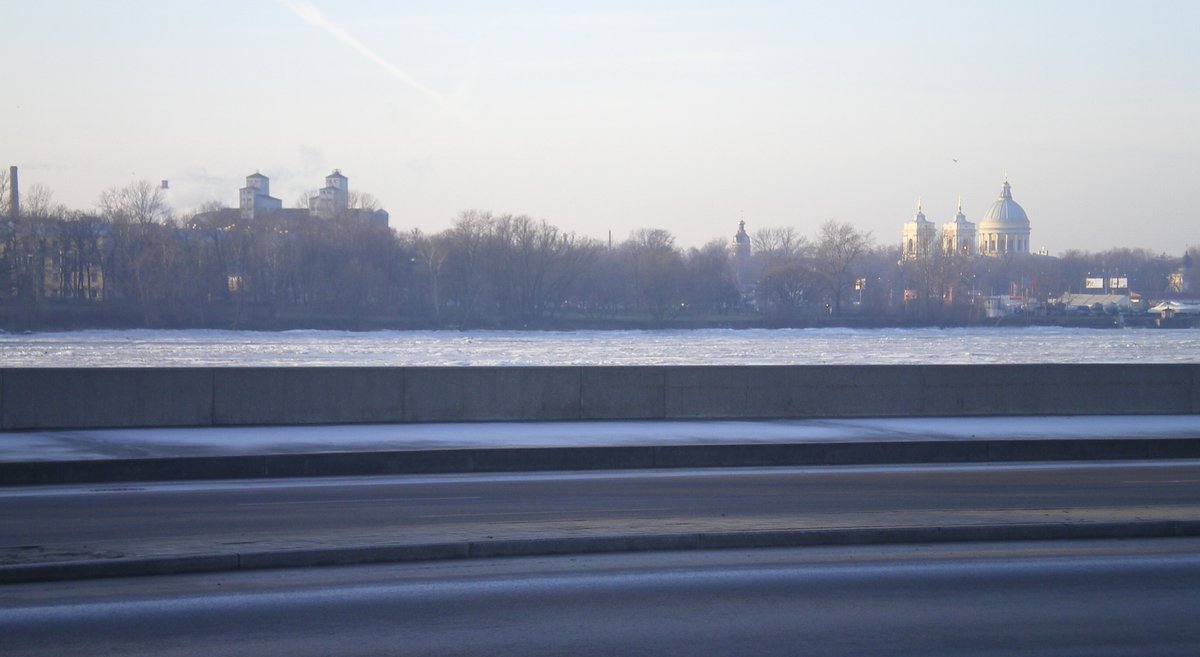
Visiting Hours, Tickets, and History of Свято-Троицкая Александро-Невская Лавра, Saint Petersburg
Publication Date: 17/07/2024
Overview of Свято-Троицкая Александро-Невская Лавра
The Свято-Троицкая Александро-Невская Лавра, or the Holy Trinity Alexander Nevsky Lavra, is one of Saint Petersburg’s most revered historical and religious sites. Founded by Peter the Great in 1710, this monastery symbolizes Russian Orthodoxy and showcases the country’s rich architectural and cultural history. Strategically located at the confluence of the Neva and Monastyrka rivers, it marks the site where Prince Alexander Nevsky triumphed over Swedish invaders in 1240, a victory crucial to the Novgorod Republic (Saint Petersburg.com). Over the centuries, the Lavra has evolved architecturally, incorporating Baroque and Neoclassical elements, and has become a beacon of religious scholarship and cultural significance (Russia Beyond). Despite challenges during the Soviet era, the Lavra was revived in the late 20th century and continues to attract pilgrims, tourists, and scholars alike (Orthodox World).
Contents
- Visiting Alexander Nevsky Lavra - History, Tickets, and Tips for Saint Petersburg’s Iconic Monastery
- Introduction
- Historical Background
- Foundation and Early Years
- Architectural Development
- Role in Russian History
- Revival and Modern Era
- Visitor Information
- Visiting Hours and Tickets
- Travel Tips
- Nearby Attractions
- Accessibility
- Special Features
- Special Events
- Guided Tours
- Photographic Spots
- Notable Burials
- FAQ Section
- Conclusion
Visiting Alexander Nevsky Lavra - History, Tickets, and Tips for Saint Petersburg’s Iconic Monastery
Introduction
The Alexander Nevsky Lavra, known as the Свято-Троицкая Александро-Невская Лавра in Russian, is a must-visit historical and religious landmark in Saint Petersburg. This article will guide you through its rich history, architectural splendor, and provide practical information for your visit, including visiting hours, ticket prices, and tips.
Historical Background
Foundation and Early Years
The Alexander Nevsky Lavra was founded by Peter the Great in 1710, shortly after the establishment of Saint Petersburg itself. The site was chosen strategically at the confluence of the Neva and Monastyrka rivers, believed to be the location of the Battle of the Neva in 1240, where Prince Alexander Nevsky defeated the Swedish invaders. This victory was pivotal in securing the northern borders of the Novgorod Republic.
Peter the Great’s decision to establish the monastery was part of his broader vision to create a new, westernized capital for Russia. The Lavra was intended to serve as a spiritual and cultural center, reflecting the grandeur and religious significance of the new city. The construction of the monastery began in 1713, and it was consecrated in 1724, coinciding with the transfer of the relics of Saint Alexander Nevsky from Vladimir to Saint Petersburg. This event marked the monastery as a major pilgrimage site and solidified its importance in Russian Orthodoxy.
Architectural Development
The architectural development of the Alexander Nevsky Lavra is a testament to the evolving styles and influences in Russian architecture. The initial design of the monastery was influenced by the Baroque style, which was prevalent in Europe at the time. The main architects involved in the early construction were Domenico Trezzini and Theodor Schwertfeger, who were instrumental in shaping the Baroque aesthetic of the Lavra.
One of the most notable structures within the Lavra is the Holy Trinity Cathedral, completed in 1790. Designed by the Russian architect Ivan Starov, the cathedral is a prime example of Neoclassical architecture, characterized by its grandiose columns, symmetrical proportions, and elegant simplicity. The cathedral houses the relics of Saint Alexander Nevsky, making it a focal point for worship and pilgrimage.
Over the years, the Lavra expanded to include several other churches, chapels, and monastic buildings. The Annunciation Church, built between 1717 and 1724, is another significant structure within the monastery complex. It was designed by Trezzini and is notable for its Baroque style and intricate interior decorations. The monastery also features a cemetery, where many prominent Russian figures, including writers, composers, and statesmen, are buried.
Role in Russian History
The Alexander Nevsky Lavra has played a crucial role in Russian history, both as a religious institution and as a cultural and educational center. During the 18th and 19th centuries, the monastery was a hub of religious scholarship and education. It housed a seminary and a theological academy, which produced many influential theologians and scholars.
The Lavra also played a significant role in the political and social life of Saint Petersburg. It was closely associated with the Russian imperial family, who were frequent visitors and patrons of the monastery. The monastery’s close ties to the imperial court helped to elevate its status and influence within Russian society.
During the Soviet era, the Alexander Nevsky Lavra faced significant challenges. The anti-religious policies of the Soviet government led to the closure of many churches and monasteries, and the Lavra was no exception. In 1932, the monastery was officially closed, and its buildings were repurposed for secular uses. Many of the monastery’s treasures and relics were confiscated or destroyed, and the monks were dispersed.
Revival and Modern Era
The revival of the Alexander Nevsky Lavra began in the late 20th century, following the collapse of the Soviet Union. In 1989, the monastery was returned to the Russian Orthodox Church, and efforts to restore and revive the Lavra began in earnest. The restoration work focused on repairing the damage caused during the Soviet era and restoring the monastery’s historical and architectural integrity.
Today, the Alexander Nevsky Lavra is once again a thriving religious and cultural center. It serves as the residence of the Metropolitan of Saint Petersburg and Ladoga, and it is an active monastery with a community of monks. The Lavra continues to attract pilgrims and tourists from around the world, drawn by its rich history, architectural beauty, and spiritual significance.
The monastery complex includes several museums, which house collections of religious art, historical artifacts, and documents related to the history of the Lavra and the Russian Orthodox Church. These museums provide visitors with a deeper understanding of the monastery’s historical and cultural significance.
Visitor Information
Visiting Hours and Tickets
The Alexander Nevsky Lavra is open to visitors daily. The visiting hours are typically from 6:00 AM to 8:00 PM, but it’s always best to check the official website for the most up-to-date information. Tickets can be purchased at the entrance, and prices vary depending on the areas you wish to visit within the monastery complex.
Travel Tips
- Getting There - The Lavra is easily accessible by public transport. The nearest metro station is Ploshchad Alexandra Nevskogo, located just a short walk from the monastery.
- Dress Code - As a religious site, modest dress is required. Women are encouraged to cover their heads, and shorts or sleeveless tops are discouraged for all visitors.
- Photography - Photography is allowed in most areas, but it’s always good to check for any restrictions in specific sections.
Nearby Attractions
While visiting the Alexander Nevsky Lavra, you can also explore nearby attractions such as the Smolny Cathedral, the State Russian Museum, and the beautiful Summer Garden. These sites offer a deeper dive into the rich cultural and historical tapestry of Saint Petersburg.
Accessibility
The Lavra has made efforts to be accessible to all visitors, including those with mobility issues. There are ramps and accessible paths throughout the complex. However, some areas might still pose challenges due to the historical nature of the buildings.
Special Features
Special Events
The Lavra hosts several religious and cultural events throughout the year. Major Orthodox festivals, such as Easter and Christmas, are celebrated with special services and activities that attract both locals and tourists.
Guided Tours
Guided tours are available and highly recommended for those who want to gain deeper insights into the history and significance of the Lavra. These tours are usually conducted by knowledgeable guides who can provide a wealth of information.
Photographic Spots
For photography enthusiasts, the Lavra offers numerous picturesque spots. The façade of the Holy Trinity Cathedral, the serene cemetery, and the intricate interiors of the Annunciation Church are just a few highlights.
Notable Burials
The cemetery of the Alexander Nevsky Lavra is the final resting place of many notable Russian figures. Among the most famous burials are those of the composer Pyotr Ilyich Tchaikovsky, the writer Fyodor Dostoevsky, and the poet Nikolay Karamzin. The cemetery is a place of pilgrimage for admirers of these cultural icons, and it adds to the historical and cultural richness of the Lavra.
FAQ Section
- What are the opening hours of the Alexander Nevsky Lavra?
- The Lavra is open daily from 6:00 AM to 8:00 PM.
- How much are the tickets?
- Ticket prices vary depending on the areas you wish to visit. It’s best to check the official website for the most current prices.
- Is there a dress code?
- Yes, modest dress is required. Women should cover their heads, and shorts or sleeveless tops are discouraged.
- Can I take photos?
- Yes, photography is allowed in most areas, but check for any specific restrictions.
Conclusion
The Alexander Nevsky Lavra is a site of immense historical, architectural, and spiritual significance. Its rich history, from its founding by Peter the Great to its revival in the post-Soviet era, reflects the broader history of Saint Petersburg and Russia. The Lavra remains a vital part of the city’s cultural and religious landscape, offering visitors a unique glimpse into the past and a place of spiritual reflection.
Call to Action
For more information on visiting the Alexander Nevsky Lavra and other historical sites in Saint Petersburg, download the mobile app Audiala, check out our related posts, and follow us on social media for the latest updates and tips.
